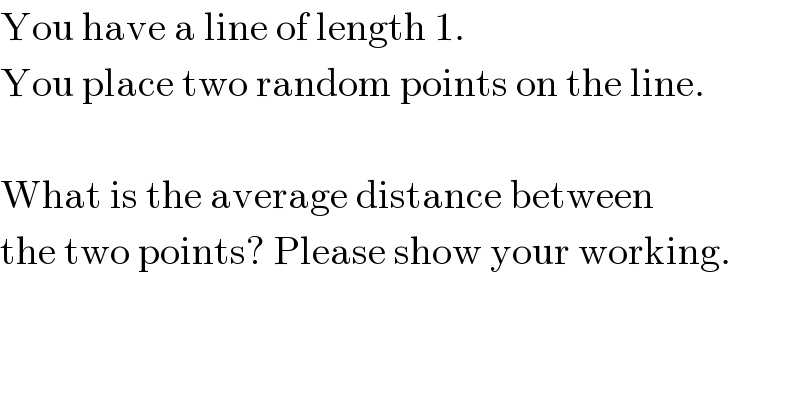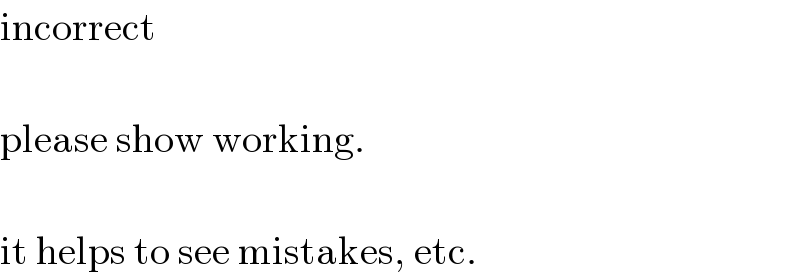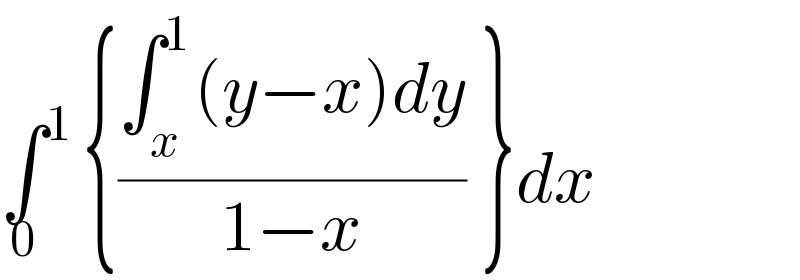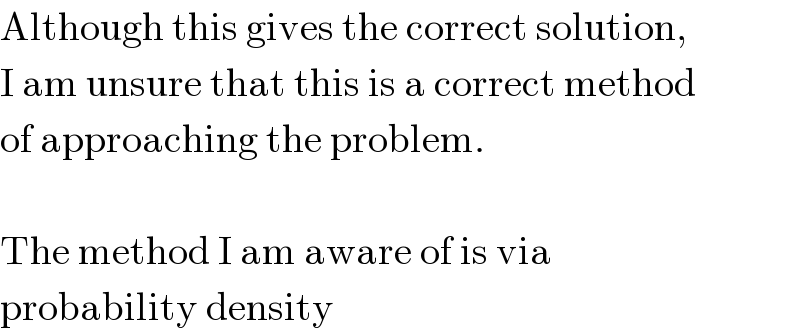Question Number 11095 by FilupS last updated on 12/Mar/17

Commented by FilupS last updated on 12/Mar/17

Answered by ajfour last updated on 12/Mar/17

Commented by FilupS last updated on 12/Mar/17

Commented by ajfour last updated on 12/Mar/17

Commented by FilupS last updated on 12/Mar/17

Answered by ajfour last updated on 12/Mar/17

Commented by FilupS last updated on 12/Mar/17

Commented by FilupS last updated on 12/Mar/17

Commented by ajfour last updated on 12/Mar/17

Commented by FilupS last updated on 12/Mar/17

Commented by ajfour last updated on 12/Mar/17

